Using anonymised telematics data from more than three million electric vehicle (EV) trips, Geotab has compared how temperature and speed affect energy use in electric cars and cargo vans.
At higher speeds (50-80mph) in hot temperatures (30°C/86°F), it found that aerodynamic drag has a far greater effect on range than cabin cooling.
The data shows that even modest increases in speed lead to steep range losses.
For example, a 65kWh electric van cruising at 50mph in 30°C heat with the air conditioning on has a typical range of around 143 miles.
Increase that speed to 60mph and range drops to 121 miles.
At 70 mph it falls further to 103 miles, and by 80mph, it reduces to just 88 miles – a 39% drop in range between 50 and 80mph.
The pattern is similar for electric saloon cars, though they are slightly more aerodynamic.
At 50mph at 30°C, Geotab data suggested a range of 277 miles, while at 60mph that falls to 251 miles and at 70mph, a driver should expect a range of 226 miles.
At 80 mph, it falls further to 200 miles – a 28% drop from the most efficient cruising speed.
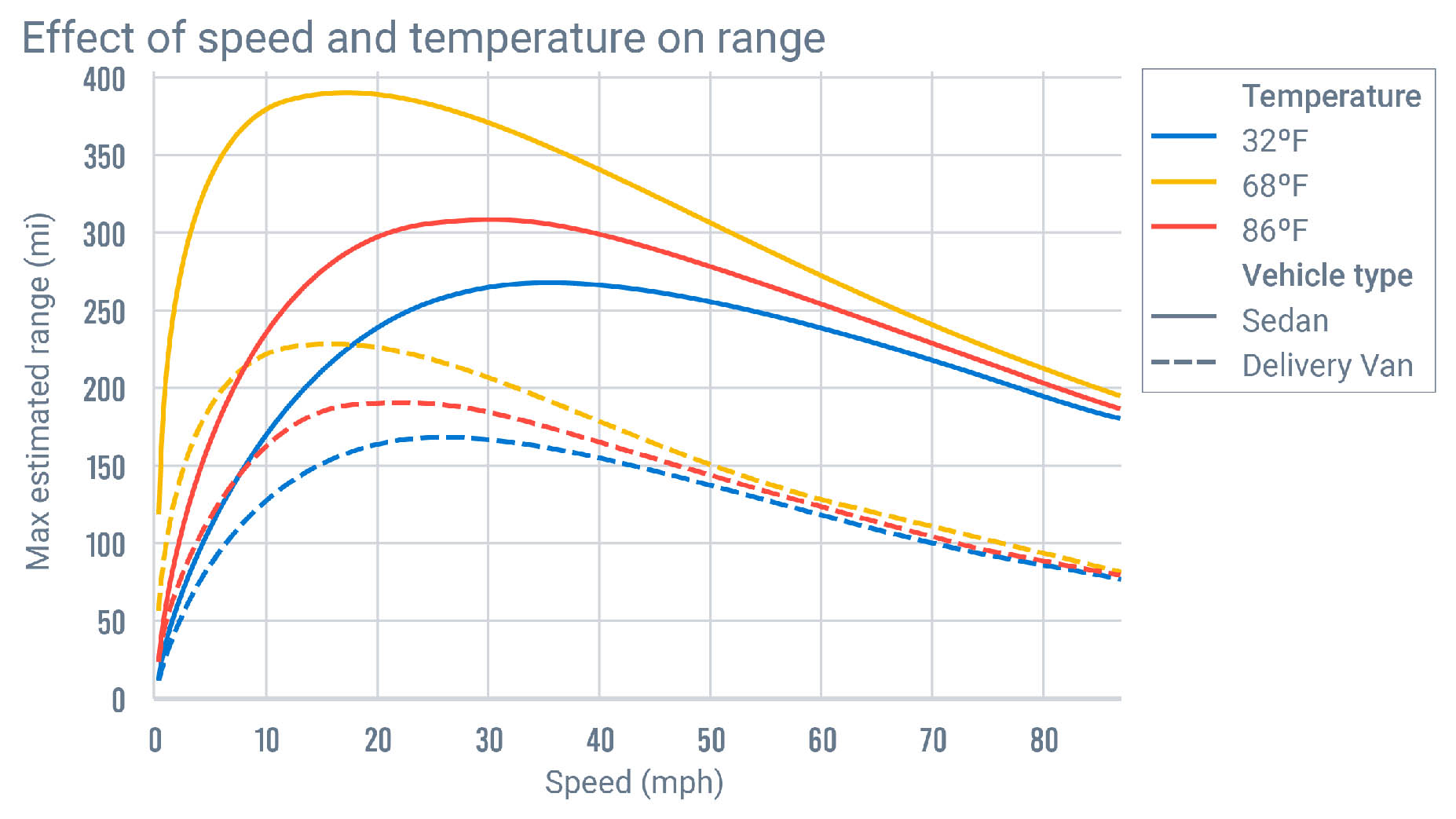
Source: Geotab
This sharp decline comes down to physics, says Geotab. The faster you go, the more your car has to fight air resistance.
Aerodynamic drag increases with the square of your speed, so doubling your speed requires four times the energy just to overcome wind resistance, far more than an air conditioning system will ever use.
“Drivers tend to worry about using the aircon in hot weather, but our data shows that your right foot can make the biggest difference, particularly at high speeds,” said Charlotte Argue, senior manager for sustainability at Geotab.
“Just slowing down by 10 or 15 mph can extend your range by 20-30%, depending on the vehicle.”
In summer, the impact of heat is largely visible at lower speeds, where drag is otherwise minimal.
In these conditions, the constant draw from air conditioning becomes more noticeable. But the faster a vehicle is driven, the less significant temperature becomes relative to the energy required to maintain speed.
“Modern EVs have increasingly large batteries, and many can comfortably handle most daily driving - including fleet routes - on a single charge,” added Argue.
“But range, on EVs or ICE vehicles, will always vary with real-world conditions: temperature, topography, traffic, and yes, speed.”
Practical steps to maximise EV range this summer
Geotab recommends a few simple techniques to help drivers stretch range without compromising comfort.
- Reduce your speed - even small reductions in highway speed can make a big difference. For many vehicles, dropping from 70mph to 60mph can add 10–20% more range.
- Precondition the cabin while the vehicle is still plugged in, using mains power rather than the battery.
- Use A/C efficiently – start cool, use recirculate mode, and if equipped, prioritise seat ventilation over full cabin cooling.
- Avoid aggressive acceleration and braking, and make the most of regenerative braking.
- Park in the shade to keep the cabin cool and reduce A/C load at start-up.
- Avoid fast charging during extreme heat, which can put additional strain on the battery and may contribute to faster long-term degradation.
The Geotab analysis is based on aggregated and anonymised telematics data. The electric car data was modelled by analysing 350,000 trips from 500 saloons, totalling more than 180,000 hours of driving.
The light cargo van was modelled by analysing 2.8 million trips from 2,000 vans, totalling more than 370,000 hours of driving. Both models were adjusted to represent a 65kWh battery.
Separate analysis of thousands of EVs operated in the real world shine some light on whether the fears about battery life are true – or just plain wrong. Read ‘How long will an electric vehicle battery really last?’ from Fleet News to find out more.


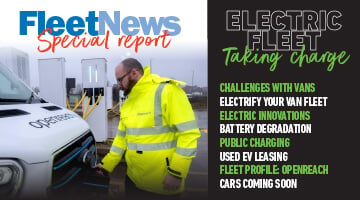




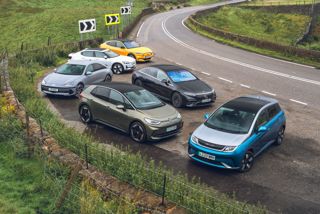

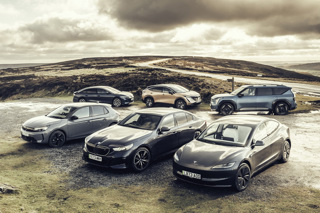
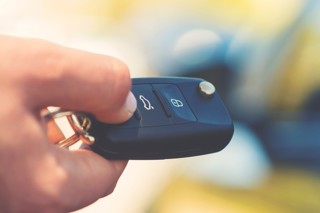

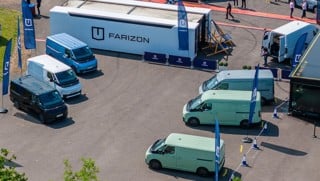

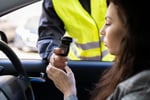









Login to comment
Comments
No comments have been made yet.